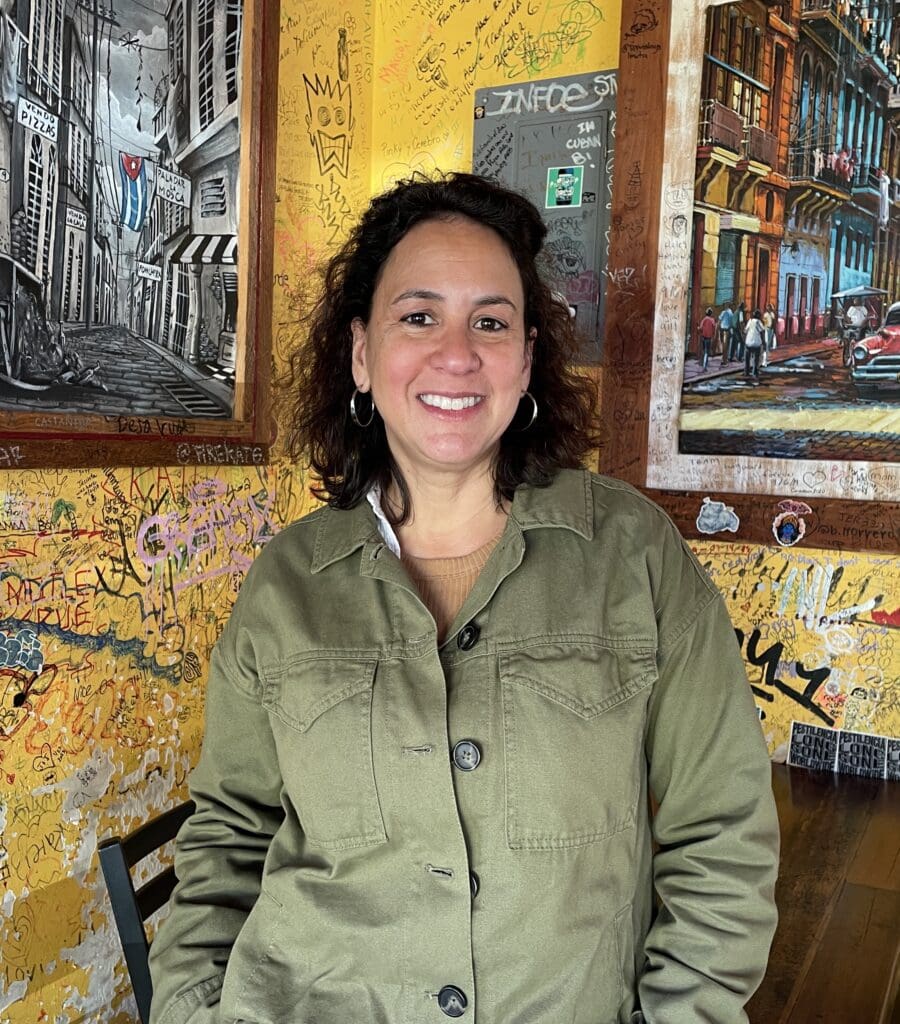
Leading with intention is about purposeful collective action. As I write this letter and think about our upcoming When Women Lead education summit, I wonder whether we are all on the same page around what is the most important work at hand in education policy that requires this intention. These are difficult and confusing times.
Our nation’s students are listening, watching, and waiting. They are the children being raised in an era of a global health pandemic, a divided Supreme Court around women’s rights, a convicted former U.S. President, a politicized faith-based community, and a frenzied media system projecting the fall of democracy. This is a lot to handle. So, how will we choose to lead? How will we choose to engage our students?
School organizational systems, culture, and governance today are deeply mired in the many distractions of our hyper-politicized environment. Looking at our halls of Congress, our legal systems, and our media can make us feel fearful and deflated. We can find ourselves retreating into the smallness of things – adopting a survival mode. Sound familiar? But, leading in the minutia is about looking busy. While leading with intention is about the purposeful design that centers students and their future.
When you lead with intention, you are very clear about why you show up to work each day. You see both the beauty and potential of every child, without judgment and manipulation. I am inspired as I look around and observe so many amazing education leaders who are locking arms with their communities to rise above the fray, despite the political distractions, the showmanship obsession, and the selfishness and disrespect that today permeates our education policy systems. I am also concerned for those who are being shut down by distrust, disrespect, and power grabs.
Yet, I see a counterforce of superintendents, board members, teachers, leaders, students, and communities that are organized around equity and justice, student agency, technological and scientific innovations, civic voice, multilingualism, design, and community empowerment. There is no power greater than the selfless power of a collective voice that seeks solutions that provide our children, families, and communities with love, hope, and joy. It is in our stubborn resolve to empower students with knowledge about their histories, about others, about societies and ideas, and about democracy that we will silence the noise of division.
I encourage you to continue to seek opportunities for collective leadership through our Women Superintendents’ Policy Leadership Academy, the High School Girls Policy Network, the Flamboyan Network – a network of women inspiring women to greatness and impact, and our two national convenings focused on equity policy leadership and technology innovations. I also encourage you to contribute your community’s story in The Stories We Tell. By working together, we can harness our power for action! Enjoy our June edition!
Christina

